Parsley is very unpretentious, often it grows by itself, even in the most secluded corners of the garden or vegetable garden. However, in order to get a plentiful harvest of spicy greens, several important cultivation rules must be observed. Individual types of plants differ in appearance, method of use, ripening time, and also have a slightly different flavor. Varieties of parsley: species, varieties with photos and descriptions of how to grow and care.
Content
Culture characteristic
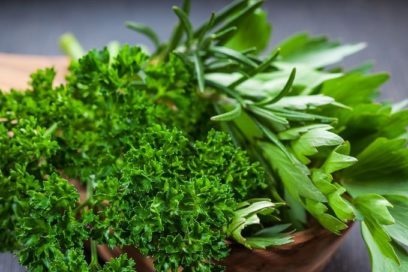
Parsley is a perennial, rarely annual, cold-resistant and moisture-loving herb, belongs to the genus Umbrellas. The homeland of spices are the distant shores of the Mediterranean Sea. Culture seeds germinate at + 2–5 ° C, seedlings are able to withstand temperature drops of -8 ° C, branches of some species begin to hatch even under snow.
In cooking, the plant is used fresh, dried, salted and frozen. Leaves and root crops - a popular seasoning for pickles, various cuts, salads, first, fish and meat dishes. Frozen herbs retain nutritional and healing properties for several months. In folk and traditional medicine, root crops and seeds are used. Gardeners cultivate 2 species:
- Root - grown as a root crop, it has few greens, leaves are thin and hard, have a weak aroma and taste. If you constantly pick off the leaves, then the spine will develop poorly.
- Leafy - valuable for delicate, tasty and aromatic greens, has 2 subspecies: ordinary and curly parsley. The second type forms a powerful green mass, but has a weak taste (more suitable for serving). The species is not used as a root crop; roots left for the winter do not freeze in most regions.
In the first year, a rosette of leaves forms, a root forms, in the second season, the plant starts a flower arrow. In leaf parsley, the root is thin, branched, and in the root, large, similar to carrots. The leaves are located in rosettes (height and shape depend on the species or variety), most often they are triangular, double or triple-feathery, shiny, yellow or white-green, sometimes with a reddish base, heart-shaped, notched at the apex, elongated, curved lobule inside.
The stem is erect up to 150 cm in height, from the end of June to the second decade of August, complex inflorescences with umbrellas with small greenish-yellow flowers (bisexual or only female) are revealed on it. From August to October, very aromatic two-seeded fruits are tied. Seeds are round or ovoid, slightly pressed laterally, smooth, when ripening acquire a dark brown color, crumble. Grains retain their germination for 3-4 years.
Parsley value
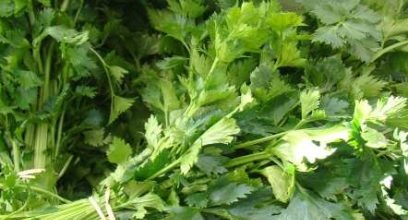
In all parts of the plant contains a complex of nutrients and vitamins. Spice has a wound healing, anti-inflammatory, diuretic, antiseptic, antispasmodic and choleretic effect. Helps strengthen the gums, maintain vision. It promotes blood formation, increased appetite, is used in the treatment of digestive system disorders, urolithiasis, as well as diseases of the liver and kidneys.
The plant helps to remove salts from the body, reduces sweating, increases potency in men. Fresh parsley juice helps to normalize the thyroid gland and adrenal cortex function, strengthens capillary blood vessels. Juice is also used to lubricate wounds, bruises, boils, insect bites. A strong decoction of spices with lemon helps lighten freckles and dark spots on the skin.
The best varieties of parsley for growing in the country
Choosing varieties, you can rely on your own preferences: the size of the bushes, the saturation of taste and aroma, yield, ripening time. There are a lot of options, we will pay attention to those who received the most positive reviews from summer residents from different regions and countries. Let's start with parsley varieties for the Moscow region, they are particularly unpretentious, grow well in an unstable climate:
- Bogatyr leaf parsley is a moisture-loving, shade-tolerant, early-ripening variety (75–90 days) with curly plates and a pungent odor; it quickly grows greens after collection. Productivity is up to 3 kg / m².
- The Italian giant - a massive outlet, leaves with a glossy surface, greenery grows quickly, delicate. Productivity per season is up to 4 kg / m². Harvesting should begin 6 weeks after planting. The main advantage of shade tolerance, and the minus can be attributed to slow germination (up to 25 days). Parsley seeds The Italian giant should be planted in early spring.
- Delicate aroma - endowed with excellent immunity to heat and cold, it keeps ripe after 120 days. The rosette is semi-vertical, massive, giving many large leaves with good taste. Productivity is up to 3,5 kg / m².
- Parsley Beads - from sowing to harvesting takes no more than 58 days. The bush is fluffy up to 50 cm in height. Small leaves with a good smell. Productivity up to 1, 8 kg / m².
- Carnival - ordinary parsley, fruitful, the period from sowing to ripening takes 85-100 days. The rosette is massive, the leaves are medium-sized, juicy, grow very quickly.
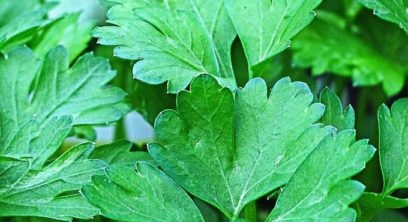
The described varieties develop normally without the constant attention of the summer resident, but they do not tolerate the drying out of the soil, too dense planting and the proximity to weeds. So that the moisture does not evaporate longer, the beds can be mulched with straw, thinning seedlings, preferably at the initial stages of their development. Now we will pay attention to the best varieties of parsley for open ground:
- Esmeralda - ripened 68 days after germination. The socket is massive, it gives about 30 branches with corrugated, green, tasty leaves. Seeds should be planted in late April. Productivity no more than 1, 5 kg / m².
- The final is the root variety, from the emergence of seedlings to the first harvest of root crops takes about 130 days. Shrubs are small, roots of 150-200 g, cone-shaped, about 25 cm long, no more than 3 cm in diameter. Yields up to 4 kg / m².
- Breeze - parsley ripen in 75 days. Leaves are still, do not lose their taste and commercial qualities. After collecting the bush very quickly overgrows with new leaves. Productivity is up to 3 kg / m².
- Parsley Mooskrause 2 - you can collect spicy twigs 55 days after hatching seeds. The bushes are semi-spreading, the leaves are tasty, large, curly with a glossy, iridescent surface. Greens grow back quickly. Productivity up to 7 kg / m².
- Gloria - parsley ripens in 60–65 days of the day (from the moment of seeds hatching). Shrubs no higher than 35 cm, about 26 green leaves with a rich taste and smell are formed in the outlet. Productivity is about 1, 8 kg / m².
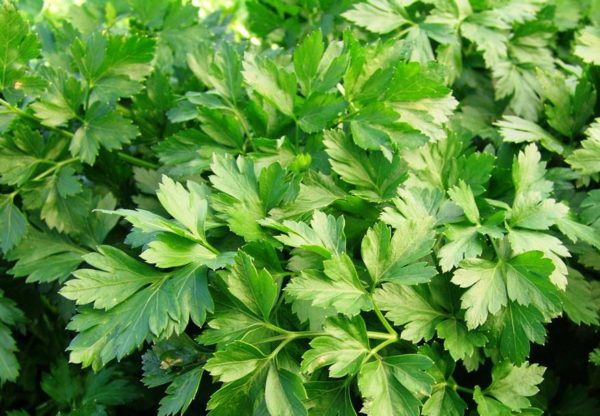
We advise you to take a closer look at such varieties as Igla, Madam, Lekar, Plain.If you want to grow parsley in a greenhouse or greenhouse, keep in mind that you need to create and maintain optimal conditions in the room, we will talk about them later. An abundant, high-quality crop when planted indoors is shown by such varieties as Lyubasha, Piquant, Bordovik, Eagle, Alba and curly Slavic. The best varieties of leaf parsley:
- Titanium is a high-yielding species that can be harvested 50 or even 45 days after the first leaves appear. Rosette wide, bush no higher than 73 cm. Leaves with a good smell. The variety does not tolerate acidic soils, poorly developed with rare cutting.
- Gigantella - from the emergence of seedlings to the start of harvesting takes no more than 2 months. For the season, about 110 leaves are formed in the rosette, each leaf blade grows from 45 to 100 cm in length. The variety develops well in open and protected ground. The aroma is sharp, the taste is pleasant, rich. Better results can be achieved by sowing seeds in the fall. Productivity up to 8 kg / m².
- Rialto is one of the best grades of parsley on greens (for sale). Branches with large, fleshy leaves differ in marketability. Harvest can be harvested 95 days after germination, grows well in any conditions. Productivity is high. The outlet is wide, the leaves grow back very quickly. The leaves have a pleasant taste and a delicate, piquant smell.
- Bravo is an unpretentious variety, the crop can be harvested 75 days after sowing seeds. The leaves are very corrugated, juicy, pleasant to the taste. In order for young branches to grow faster, matured need to be cut off under the base of the outlet.
- Parsley Astra - from germination to harvesting takes 58–65 days. The socket is dense, the leaves are fragrant, large, curly. Greens are actively restored after a haircut. Productivity is up to 5 kg / m².
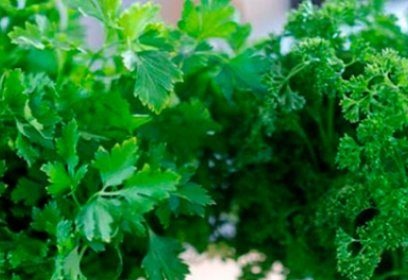
Some more good varieties: Chastooshka, Green Crystal, Festival, Fragrant, Natalka, Universal, Parsley leaf Sandwich, Curly-headed Kelly, Petra, Royal Velvet. For growing spices for sale, it is better to take varieties that grow quickly after harvest. To get beautiful, juicy, lush and fragrant leaves, before sowing, you need to remove the protective coating from the seeds, then soak them in growth stimulants. Varieties root parsley for open ground:
- Sugar - a productive species, ripening 98-105 days after the appearance of the first leaves. The fruit is up to 35 cm long, juicy, tasty. Productivity is up to 5 kg / m².
- Alba - root crops of 150-320 g are conical, up to 40 cm long, about 9 cm in diameter, mature 160 days after germination. The pulp is white, juicy, aromatic. Productivity is about 5 kg / m².
- Harvest - root crops are sung 125 days after sowing seeds. The fruit is juicy, spiky up to 25 cm in length, the taste is excellent.
- Cowgirl - from seedlings to harvest takes about 155 days. The root crop is conical from 25 to 80 cm in length, delicious, crisp flesh. Productivity up to 4 kg / m².
- Konika - ripens after 125 days. The root crop up to 130 g resembles an inverted triangle, the flesh is white, the taste is excellent. Productivity 3 kg / m².
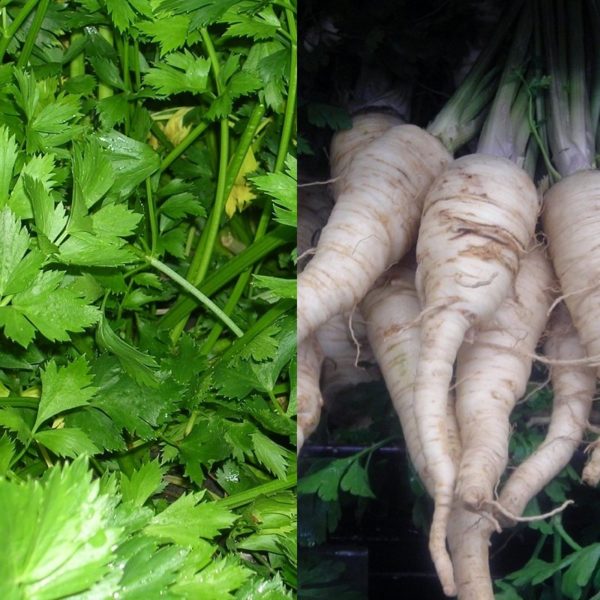
Root crops can be used in the same way as leaves — dried, cooked, frozen, pickled, grated in salads, and added to jars with blanks. After digging the root, you need to rinse well with cold, running water, and peel before cooking. For drying, it is advisable to cut the fruit into 4 mm cubes, place it on a paper sheet in a well-ventilated room or outdoors under a canopy where there is no sun. Dry root crops can be crushed in a blender, stored in a glass jar. To freeze the fruits you need to scroll in a meat grinder, rub or cut into circles.
How to grow parsley
Parsley can be planted in open, closed ground and at home on the windowsill. It is permissible to sow in early spring, in the middle of summer and in autumn. In winter sowing, seedlings will appear as soon as favorable conditions are established; when planting dry seeds, they will hatch only after 15–20 days. If you carry out pre-sowing preparation, the process will accelerate by a week or a half.
Before sowing, all damaged and too small seeds should be removed and discarded; the remaining ones should be disinfected in a 1% potassium permanganate solution for about 45 minutes. For soaking, the seeds should be wrapped in moist gauze (folded in several layers), left for 5 days at a temperature of 22-25 ° C. As soon as white roots hatch, the grains need to be transferred to the refrigerator for a week for hardening, then immediately planted. Other methods of preparation practiced by gardeners are not effective.
Site selection and soil preparation
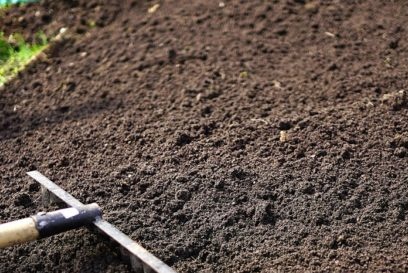
Parsley grows well even in the shade, but it is better to plant the spice in an open (calm), sunny area. The best predecessors will be tomatoes, onions, garlic and cabbage, and the worst are carrots. It will be good if in the winter in the chosen place there is a lot of snow, it will protect the roots from frost and ensure a normal level of humidity. Parsley practically does not grow in the lowlands, where moisture constantly accumulates and stagnates.
If sowing is planned for spring, then the parsley plot should be prepared from the end of summer. After harvesting the crop residues, superphosphate, potassium salt (not more than 20 g per m²) and rotted manure should be added to the soil for digging. The culture does not grow in heavy soils, to improve the structure of the earth, to make it permeable, loose, you can make sand or peat. Add additional "ingredients" in moderation.
Landing
Seeds, after pre-sowing preparation need to be dried a little, leave for several hours in the fresh air. The prepared area should be shed with water, preferably from a watering can with a strainer. Rows should be done at a distance of 15 cm, and it is advisable to leave 3 cm between the bushes, the sowing depth 1–1, 5 cm. With a deeper seeding, the seeds will not hatch soon, seedlings will be rare. In the greenhouse, you need to ensure that the humidity is always 70–80%, and the air temperature is from 15 to 20 ° C in the summer and 10-15 ° C in the winter (without differences).
When planting parsley at home, you need to prepare wide or long boxes with drainage holes about 15–20 cm deep. Soaking seeds with this method of cultivation is necessary, while the seeds need to be immersed in hot (38 ° C) water for 3 days, every 12 hours fluid should be changed. At the bottom of the boxes it is advisable to pour a 2 cm layer of coarse sand, pebbles or expanded clay. You can fill the container with fertile soil from the garden or universal, purchased soil.
Before sowing, the soil should be moistened, slightly compacted, made furrows up to 1 cm deep. At home, it is permissible to sow the seeds a little thicker, 10 cm between rows will be enough, and between bushes about 2-3 cm. Sprinkle the seeds with earth and put a box on the lightest window sill . The temperature in the room should not fall below 15 and rise above 20˚С. If there is a lack of natural light, a lamp should be installed above the seedlings (at a height of 50 cm from the box). You can cut greens when it grows to 10 cm.
How to care for parsley
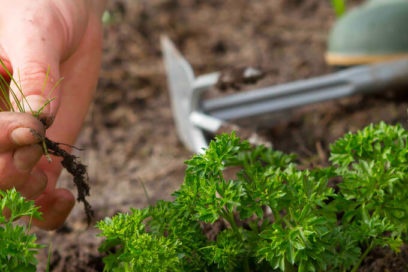
Until the sprouts appear, you need to regularly moisten the soil (moderately) and gently pull out the weeds. If planting frost is expected, cover with agrofiber. As soon as the first 2 or 3 real leaves grow, you need to start thinning. It is advisable to thin out the root parsley again in the phase of 5-6 leaves, so that between the bushes there are about 10 cm, the distance between the rosettes of leaf varieties should be 5-7 cm.
Weed beds need to be regular. In order for the bushes to be powerful and strong, the culture should be fed 2 times per season: when the first leaves appear and when a small rosette is formed. You can use mullein or compost (1 kg per bucket of water) with the addition of superphosphate and potassium sulphate of 15 g each. Before the first autumn frosts, the leaves of the root varieties that remain for the winter should be removed, a little spud, mulched with sawdust.
Parsley is resistant to various diseases and pests, but with improper care there is a risk of white spotting, peronosporosis, rust, powdery mildew, brown rot and early burns. If atypical spots, growths and other formations are found on the leaves, the plant should be treated with a 1% solution of colloidal sulfur or other drugs (observing the timing between spraying and collection).
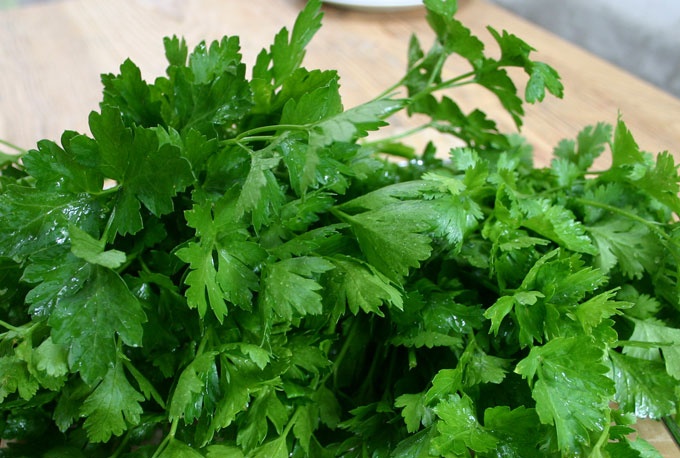 You may be interested in:
You may be interested in:What parsley looks like and what varieties are considered the best we have found. Any plant, even a beginner gardener, can grow a plant, it is very unpretentious, resistant to adverse weather. There was one more important question, parsley - is it a vegetable or not. The culture belongs to herbaceous, spicy plants, however, root varieties may well be classified as vegetables. Finally, we give advice - cutting greens and collecting root crops should be carried out gradually as they ripen and need.

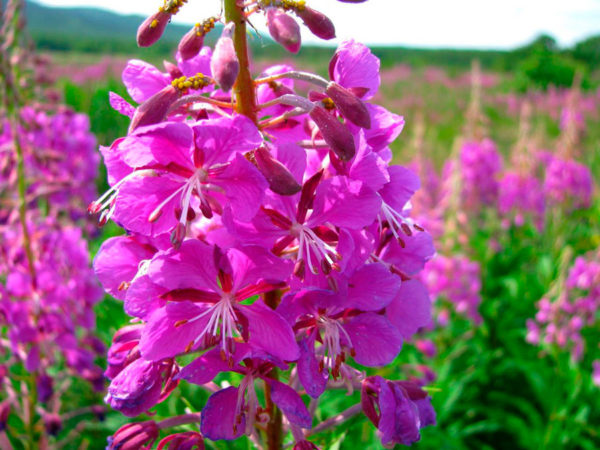
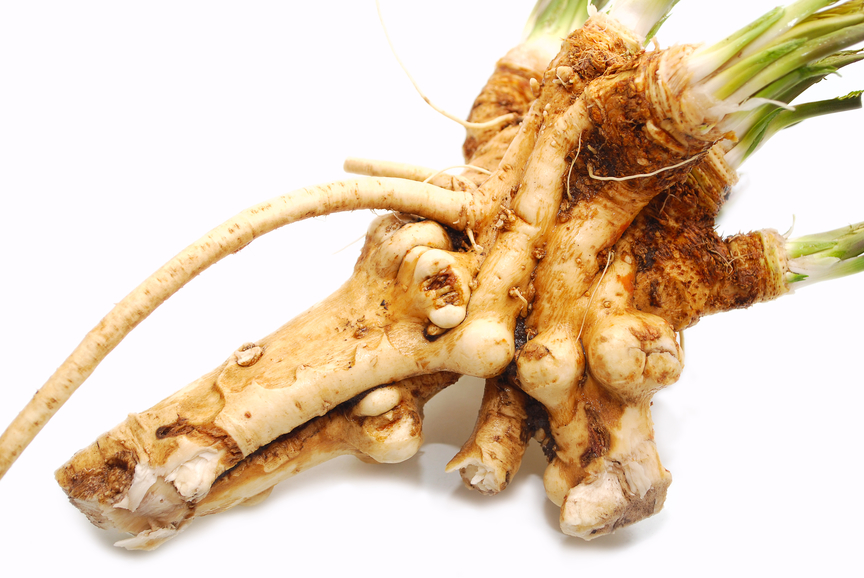
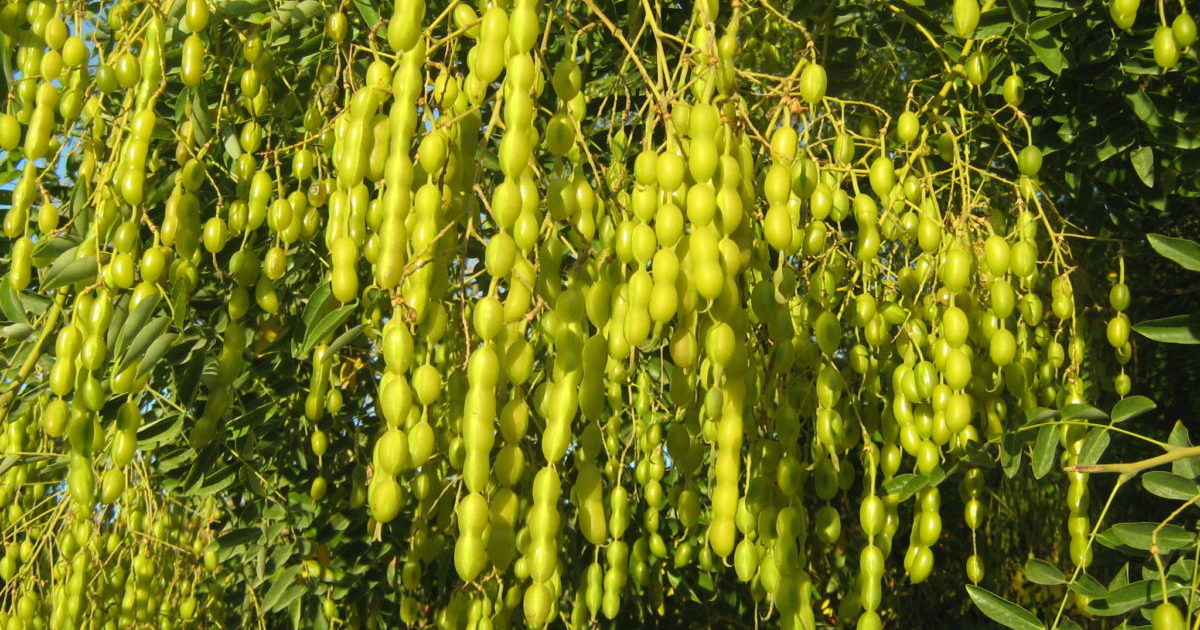
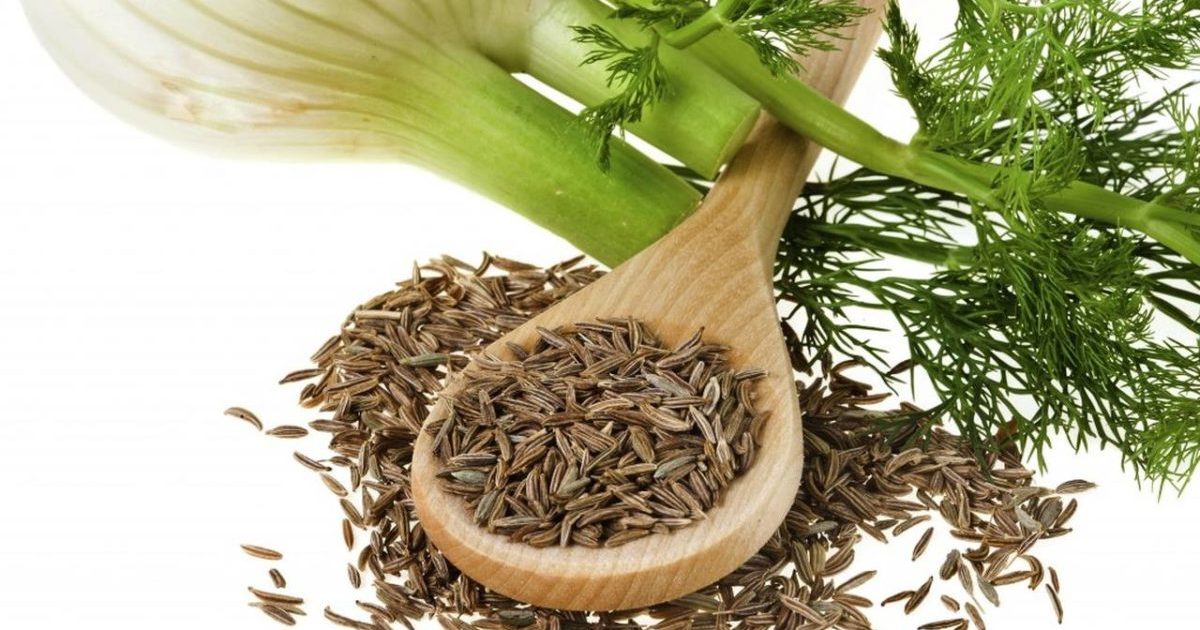 Fennel - beneficial properties and contraindications
Fennel - beneficial properties and contraindications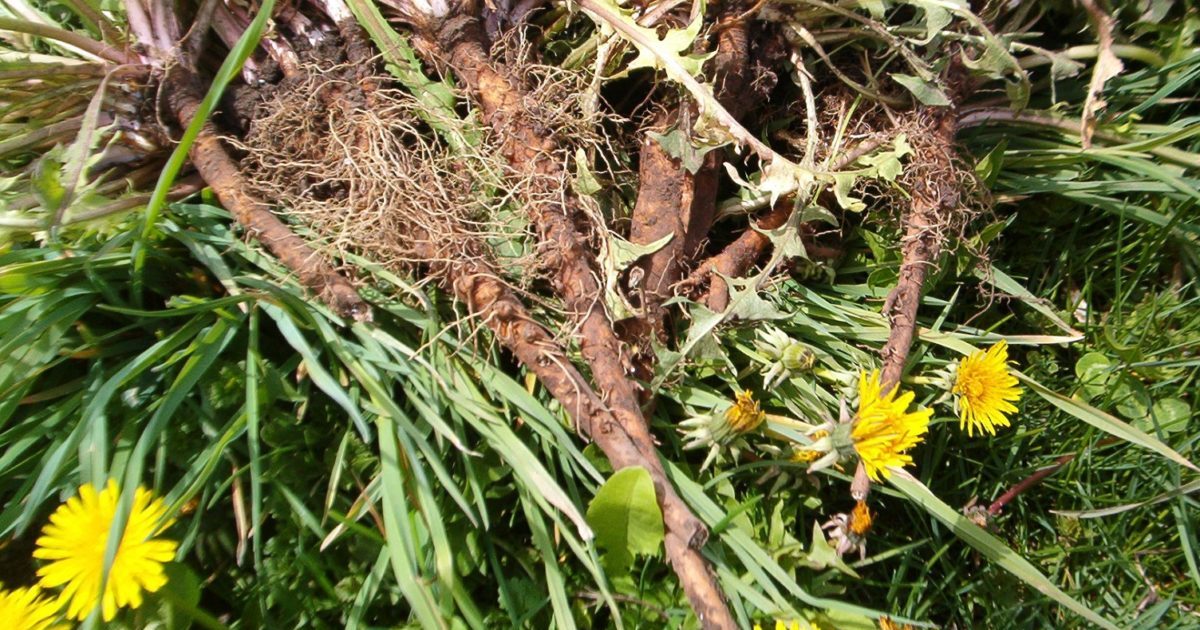 Dandelion Root - Health Benefits and Contraindications
Dandelion Root - Health Benefits and Contraindications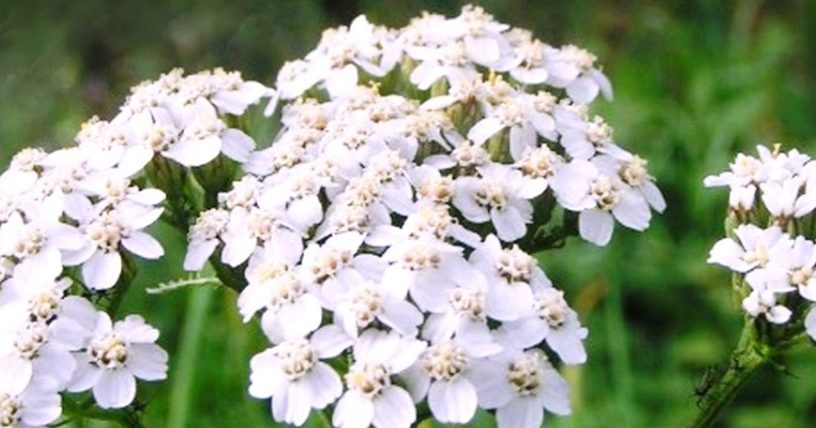 Yarrow - beneficial properties and contraindications for health
Yarrow - beneficial properties and contraindications for health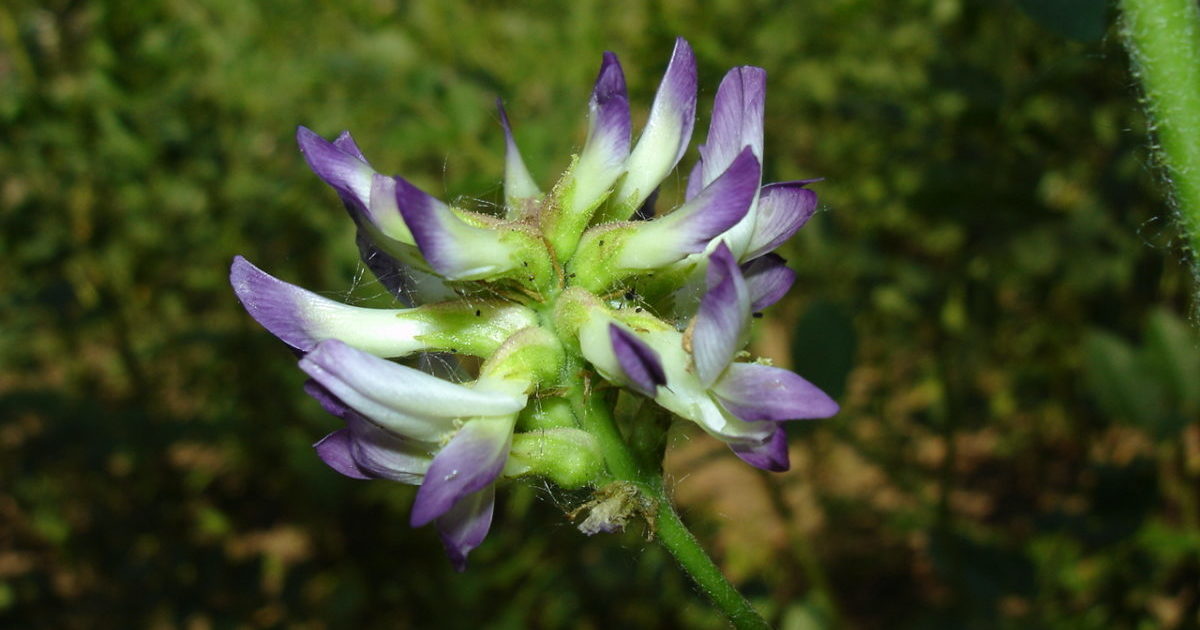 Licorice - beneficial properties and contraindications for health
Licorice - beneficial properties and contraindications for health